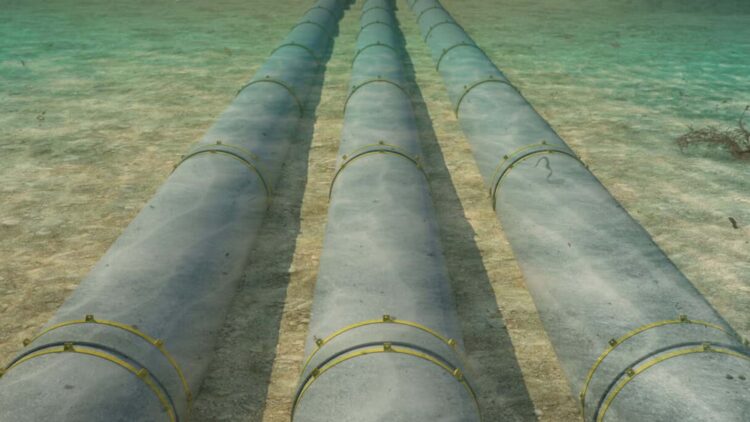New York is moving forward with a massive energy project. A $1 billion plan to use a 37-mile pipeline that runs beneath the seafloor to help power about 2.3 million homes has been approved by the state.
In order to meet the energy needs of the larger New York region, the Northeast Supply Enhancement, or NESE project, will transport natural gas from Pennsylvania to New Jersey.
As usual, any project of this size is creating controversy: some think this is a practical and smart way to keep homes warm and energy costs in control at a time when the United States should be shifting away from fossil fuels and toward clean energy. Others though, believe it’s a significant step backward.
What exactly is this 37-mile New York project?
The approximately 37-mile-long underwater natural gas pipeline goal is to transport gas from Pennsylvania to New Jersey so that millions of homes in the area have a consistent supply of energy, especially during cold winters when demand spikes.
Supporters see that the project is anticipated to produce an estimated $1.8 billion and help with powering about 2.3 million homes. The jobs and activity generated during the construction phase make up a large portion of that revenue. For those in the construction, energy, or related industries, NESE looks like a good opportunity for increasing employment, income, and stability.
Those in favor of the pipeline argue that NESE can help stabilize or even lower prices, making energy more affordable for families, considering the significant rise in natural gas prices in the United States and worries about supply interruptions.
Why are so many people worried about it?
Manhattan State Senator Liz Krueger, who strongly disagreed with the decision to approve NESE, expressed her belief that the project directly contradicts climate goals by calling the approval a “perverse” “environmental nightmare.”
The main issue for many opponent, is that the project is primarily focused on fossil fuels. They claim that constructing a new natural gas pipeline at this time sends the wrong message, especially in relation to the growing understanding of how greenhouse gas emissions cause climate change. They see investing $1 billion in a gas project instead of renewable energy as a step backward.
The pipeline was already turned down three times. Now that it has been approved, critics are even more irritated by its past. They believe that the choice will undo years of progress. Also, some say approving a major fossil fuel project is contradictory because the state has openly backed clean energy initiatives. According to Senator Krueger, the “dirty fracked gas pipeline” is just “not required” in the current energy environment.
Balancing people’s needs and the planet’s future
The NESE project raises a difficult issue that many countries are dealing with: how can sustainability coexist with people’s urgent needs? Energy powers hospitals, schools, homes, and businesses. People quickly notice increases in prices or decreases in supply.
Ultimately, whether this $1 billion investment is more beneficial than negative depends on what a person values most: long-term climate goals and a quicker switch to renewable energy sources, or immediate dependability and lower costs. In real life, there are legitimate worries on both sides. However, it’s important to remember that clean energy is still relatively new—and developing everyday. Therefore, having a variety of options, including fuel—which has long been one of the most dependable, could be a way to have the best of both worlds or a backup while we decide what’s best for the environment.
NESE could be considered as a way to keep the system operating while more significant changes are made, if it is managed with real limits on environmental impact and a plan to continue expanding clean energy at the same time.
